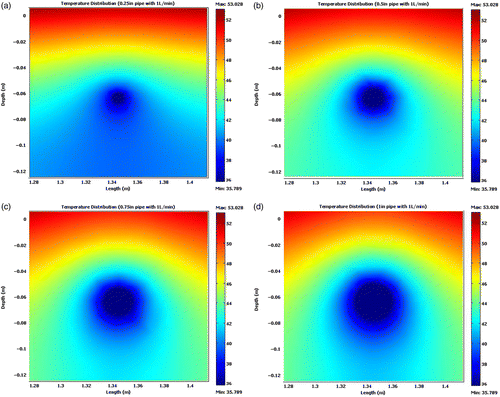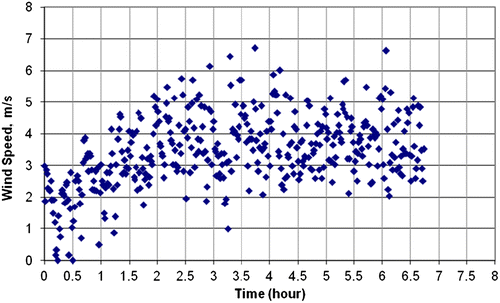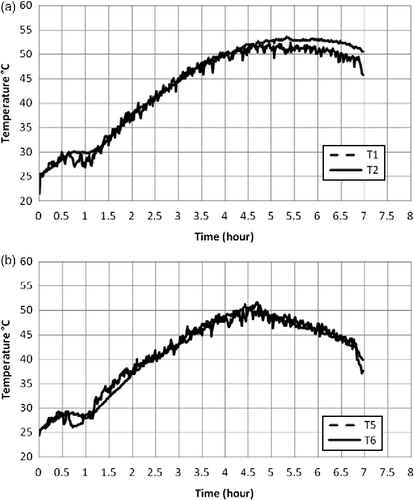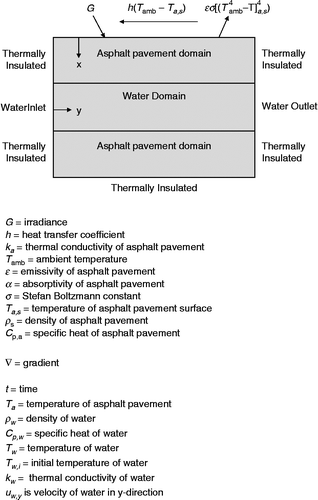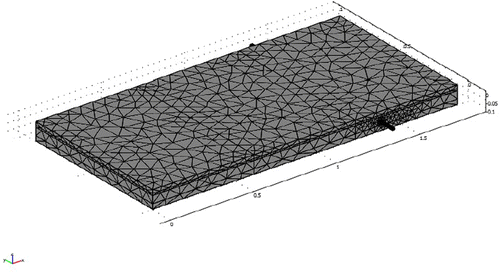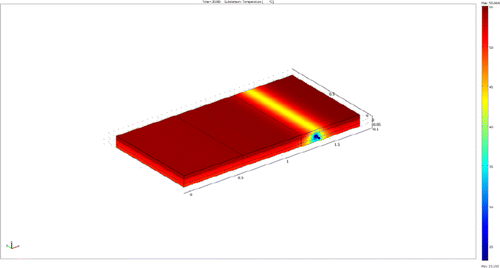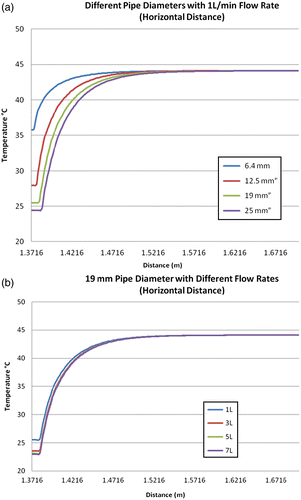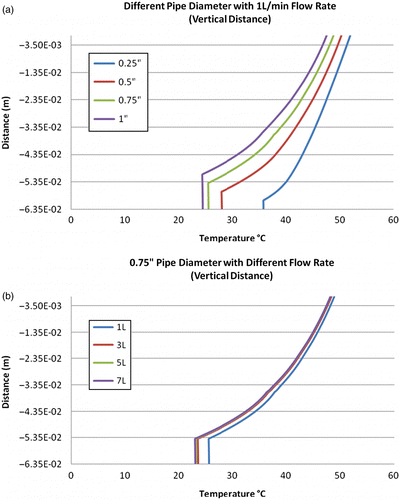Figures & data
Figure 1 Slab with copper tube (a) experiment in progress, (b) compacted slab with pipes (without the top layer), (c) fixing of thermocouples on the compacted slab.

Figure 2 Copper tube frame inside slab and thermocouples on the slab (not to scale). Note: In this experiment, water was flown through only one of the three pipes – the one that is indicated by a blue filled circle.

Table 1 Sequence of events.
Figure 9 Plots of temperature versus time for field (experimental) and FE (simulation) data (shaded area denotes 10% error bars around field values).
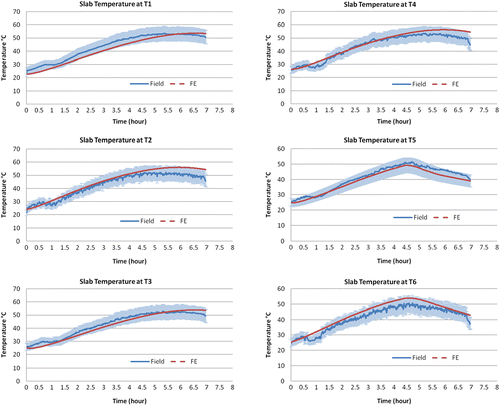
Figure 10 (a) Temperature distribution (6.4 mm diameter pipe with 1 l/min). (b) Temperature distribution (12.5 mm diameter pipe with 1 l/min). (c) Temperature distribution (19 mm diameter pipe with 1 l/min). (d) Temperature distribution (25 mm diameter pipe with 1 l/min).
